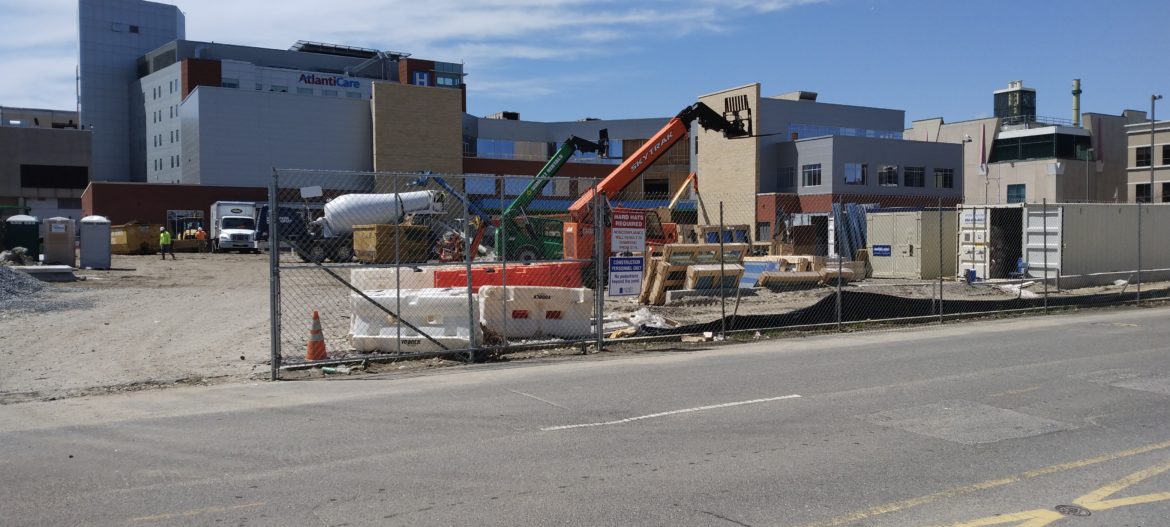Atlantic City’s proposed design for a microgrid to generate power in the event of a blackout is three times more costly than other designs for microgrids proposed across the state. And unlike other towns’ proposals, the only critical building Atlantic City’s microgrid would power is the hospital.
What Is A Microgrid And Why Do We Need One?
Microgrids are small energy networks that can generate and distribute power independently of major grids. New Jersey’s Town Center Distributed Energy Resources (it goes by the catchy acronym TCDER for short) program was set up in response to Superstorm Sandy, which showed New Jersey needed to make sure critical facilities (hospitals, police and fire stations etc) are resilient in the event of a blackout.
The Incentive
Atlantic City received a $1.125 million grant from the state to design the proposed power network last year (we just got around to reading the documents). The city submitted a proposal designed by Joseph Jingoli’s DCO Energy. The state’s Board of Public Utilities, which dished out a total of $4 million to eight different design projects, scored Atlantic City’s design poorly (it ranked seventh out of eight) because it did not incorporate renewable energy or protect much critical infrastructure. But the design, which had an estimated total cost of $4.2 million, still received more than a quarter of the state’s incentive money that was to be divided among all the applicants. And because the BPU paid out so much to the eight projects including Atlantic City’s, it was unable to fund design applications from two of the state’s poorest cities, Paterson and Camden.
The township of Montclair’s microgrid design ranked the highest under the BPU’s system. Montclair has a similar size population to Atlantic City and its microgrid design had a price tag of $1.5 million. The BPU awarded it a $679,500 grant toward the design cost. Montclair’s design, in contrast to Atlantic City’s, would generate enough solar and battery power to supply nine different critical facilities including its hospital, fire station headquarters, a water supply pumping station, middle school and senior living home among others.
What Is The A.C. Microgrid Design?
The design drawn up by DCO Energy builds substantially off of the private company’s existing thermal energy network. The Midtown Thermal Control Center on Atlantic Avenue between Ohio and Indiana Avenues can generate electricity as well as steam and chilled water that it distributes through a four-mile network to customers including Bally’s, Caesars, Boardwalk Hall and, soon, the Atlantic City hospital and its new extension. According to the microgrid design, the network would be resilient in the event of an outage of the main grid. Under the design’s proposal, Boardwalk Hall would shelter up to 20,000 residents, while Bally’s and Caesar’s would house emergency responders and hospital workers.
Microgrids exist around the world. One U.S. company is making solar microgrids that fit in shipping containers, can be assembled in less than a day and provide power to three or four homes or one energy-intensive business. In Texas and California, blackouts have prompted communities and individuals to find battery- or solar-powered microgrids to generate power in emergencies. Meanwhile, the Blue Lake Rancheria Tribe in Northern California is using Tesla batteries and solar to make the community resilient to energy disruptions.
Officials at DCO Energy were not available this week to comment on their microgrid design.
